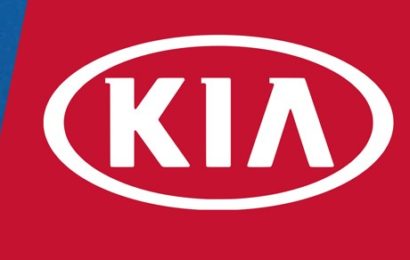Leading tyre, battery and auto parts marketing company, Infinity Tyres has highlighted the importance of keeping an eye on the quality and quantity of air in tyres during and after each trip.
The Brand Manager, Infinity Tyres, Rajendra Vishwakarma who raised the issue recently while speaking on “Tyre Care & Maintenance” at the Nigeria Auto Journalists Association (NAJA) seminar in Lagos warned that the air inside the tyre is responsible for carrying load of the entire vehicle at any point in time.
He therefore, suggested that, more loads demand more inflation, just as he pointed out that, the wear pattern and life of the tyre depend on the inflation.
Another aspect of driving, that has direct impact from inflation, according to Vishwakarma are in the area of braking distance which tends to change with inflation.
According to him, improper air in the tyre can also cause driver fatigue and tiredness during driving.
Apart from suspending vehicles from the ground, Vishwakarma listed other tyre functions to include: supporting vehicle weight, transferring traction and braking forces to the road surface, changing and maintaining direction of travel and absorbing road shocks.
Emphasising that inflation in the tyre is one of the most important parameter in the performance of the tyre, the tyre management expert said incorrect pressure can cause premature failure of tyre, uneven wear, vehicle stand-still on roads, hard steering, more fuel consumption, less grip of the tyres on the road, leading to increased breaking distance and huge financial losses.
On when to check tyre pressure Vishwakarma advised vehicle owners to check inflation pressure on every tyre after every trip or 2000 kms due to adverse road conditions.
“Allow tyre to cool down for at least 15-20 mins before checking & inflating. It is important to ensure that pressure gauge used for checking are in good condition. Check any possible leakage from valve or bead area. Always close the valve with valve cap after inflating”, Vishwakarma said.
On the basic parameters consumers need to know, he stated that Size of tyres should be recommended by vehicle manufacturer while exact alternate size can also be fitted based on calculator.
Just like the air in the tyre, the Brand Manager also revealed that, size of the tyre plays very important role in the stability of the vehicle, stressing that recommended sizes should be used as advised by the vehicle manufacturer.

“Same size of the tyre should be used on the same axle”, he advised.
On Inflation pressure”, he said periodic and regular inflation check will help in uniform wear , optimum performance and safer driving. Professional tyre fitment is preferable as compared to manual to avoid fitment damages .Damages can also lead to reduction in tyre pressure and subsequent burst. This normally happens on a new tyre only. Periodic alignment will help to increase the tyre life through uniform wear. Periodic balancing of tyre will help to reduce vibrations and comfortable ride. Timely repair of any small damage and suspension related issue will help to prolong tyre life.
He however, recommended that Customers should visit specialized service centers to avail better services which may prolong tyre life.
He also added that filling of Nitrogen during summer or dry season could help to avoid tyre burst at high speed.
Purchase, he emphasized should be based on their specific requirements and applications.
On when tyres need to be removed, he said “there is an assumption among customers about tyre life related to manufacturing date deciding the life of the tyre. Actually the above fact may not be taking care of the safety of the customers, if the wear of the tyre is more than recommended”.
He stated that developed nations, instead of looking at the manufacturing date, penalise a customers based on remaining tread depth of the tyre.
In car tyres on an average, he concluded that the remaining tread depth shall not be below 1.5mm and for all other tyres, removal of tyre should be at the stage of 85 % wear.






